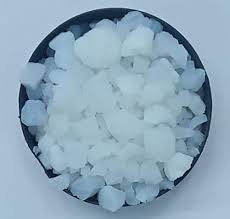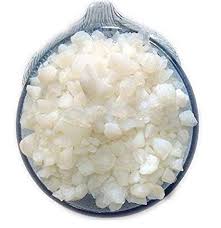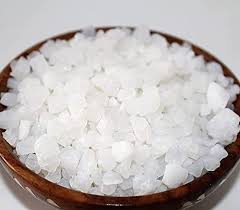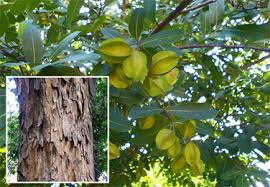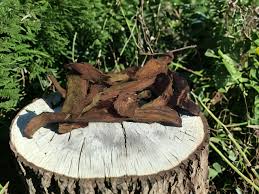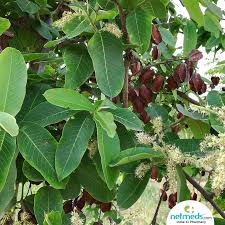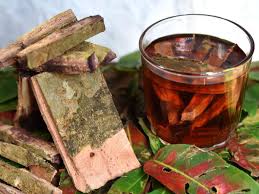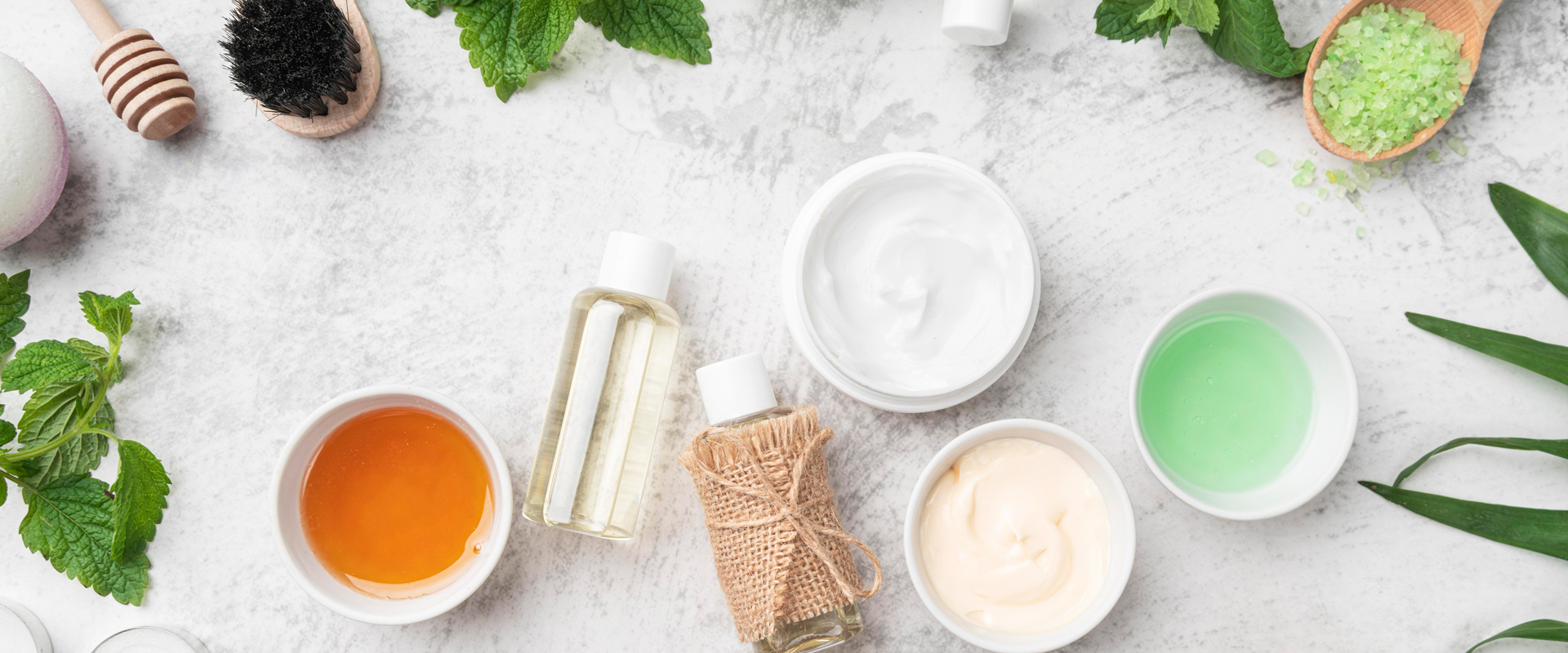
Arjun Chaal in Ancient Texts: Charaka & Sushruta Samhita Insights
Arjun Chaal, derived from the bark of the Terminalia arjuna tree, has been revered for centuries in Ayurveda as a powerful herb for heart and overall health. Ancient Ayurvedic scriptures like the Charaka Samhita and Sushruta Samhita extensively mention Arjun Chaal’s therapeutic properties and its role in treating cardiovascular and other ailments. At Dirghaanshi, we explore how these classical texts describe Arjun Chaal, revealing timeless wisdom that underpins its modern-day use as a natural remedy. This article unravels the insights from Charaka and Sushruta Samhita, shedding light on the traditional foundations of Arjun Chaal’s healing powers.
Long Description
- Overview of Charaka Samhita and Sushruta Samhita
Charaka Samhita: One of the foundational texts of Ayurveda, attributed to the sage Charaka, focusing on internal medicine (Kayachikitsa).
Sushruta Samhita: Another classical Ayurvedic treatise, authored by Sushruta, concentrating on surgical techniques and therapeutics.
Both texts emphasize holistic health and natural healing methods with detailed descriptions of herbs like Arjun Chaal.
- Historical Context of Arjun Chaal in Ayurveda
Arjun Chaal has been traditionally used since ancient times to support heart health, as documented in Ayurvedic manuscripts.
It was prescribed for conditions such as heart weakness, chest pain (angina), and irregular heartbeats.
The bark’s medicinal use showcases Ayurveda’s advanced understanding of cardiovascular care thousands of years ago.
- Charaka Samhita’s References to Arjun Chaal
Charaka highlights Arjun Chaal as a Rasayana (rejuvenator), strengthening the heart and promoting longevity.
Described as having cooling properties (Sheeta Virya), it helps balance Pitta and Kapha doshas, key elements in heart function.
Recommended for managing Hridroga (heart diseases), emphasizing its role in restoring cardiac tissue health.
Charaka prescribes Arjun Chaal in powdered or decoction form for improved digestion and detoxification, which indirectly benefits cardiovascular health.
- Sushruta Samhita’s Perspective on Arjun Chaal
Sushruta refers to Arjun Chaal as an important herb for treating wounds and inflammation, signifying its anti-inflammatory potential.
In surgical contexts, Arjun Chaal was used to strengthen blood vessels and promote tissue repair, highlighting its role in vascular health.
The text underscores its hemostatic properties, helping control bleeding and maintain blood health.
Sushruta also notes its use for managing Rakta (blood) disorders, which aligns with heart and circulatory benefits.
- Ayurvedic Properties of Arjun Chaal According to Ancient Texts
Rasa (taste): Astringent (Kashaya), bitter (Tikta), and sweet (Madhura) – contributing to detoxification and tissue strengthening.
Virya (potency): Cooling (Sheeta), which soothes inflammation and reduces excess heat in the heart.
Vipaka (post-digestive effect): Sweet, aiding nourishment and energy replenishment.
These properties collectively support cardiovascular strength and systemic balance.
- Therapeutic Uses Described in the Classics
Treatment of Hridroga (heart disorders), including angina, palpitations, and hypertension.
Use as a cardio-tonic to improve heart muscle function and endurance.
Benefits for vata and pitta imbalances causing heart rhythm irregularities.
Support for post-injury recovery due to wound-healing and anti-inflammatory effects.
Management of edema and fluid retention linked to heart weakness.
- Preparation Methods and Dosage Recommendations
The texts describe various preparation methods such as decoctions (Kwatha), powders (Churna), and pastes (Kalka) made from Arjun Chaal.
Decoction is often recommended for quick absorption and heart tonic effects.
Combined with other herbs like Ashwagandha and Arjuna fruits for enhanced benefits.
Dosage typically depends on the condition and patient constitution, highlighting Ayurveda’s personalized approach.
- Modern Validation of Ancient Insights
Scientific studies confirm Arjun Chaal’s cardio-protective, antioxidant, and anti-inflammatory activities, validating ancient Ayurvedic knowledge.
Its role in stabilizing blood pressure, reducing cholesterol, and improving cardiac muscle function aligns with traditional claims.
Modern pharmacology identifies compounds like arjunolic acid as key active constituents mentioned implicitly in ancient texts.
- How Ancient Wisdom Guides Contemporary Use
Charaka and Sushruta’s insights emphasize preventive care alongside treatment — encouraging daily use for heart strength.
Integrating Arjun Chaal with lifestyle and dietary advice from Ayurveda enhances its effectiveness.
Traditional knowledge encourages mindful consumption respecting individual dosha balance and health status.
- Why Dirghaanshi Recommends Arjun Chaal Based on Classical Ayurveda
Dirghaanshi aims to bridge ancient wisdom and modern living by promoting herbal remedies backed by trusted Ayurvedic scriptures.
Arjun Chaal’s mention in Charaka and Sushruta Samhita confirms its revered status and therapeutic reliability.
For natural heart care enthusiasts, understanding this historical foundation enhances confidence in using Arjun Chaal safely and effectively.
Conclusion
Arjun Chaal holds a distinguished place in Ayurvedic history as documented by the revered sages Charaka and Sushruta. These ancient texts provide valuable insights into its properties, preparations, and therapeutic applications — particularly for heart health and vascular support. At Dirghaanshi, we honor this timeless knowledge by offering guidance rooted in Ayurveda’s holistic principles. Whether you are looking to improve heart strength, manage blood pressure, or embrace natural healing, the wisdom of Charaka and Sushruta Samhita about Arjun Chaal serves as a trustworthy foundation for your wellness journey.


